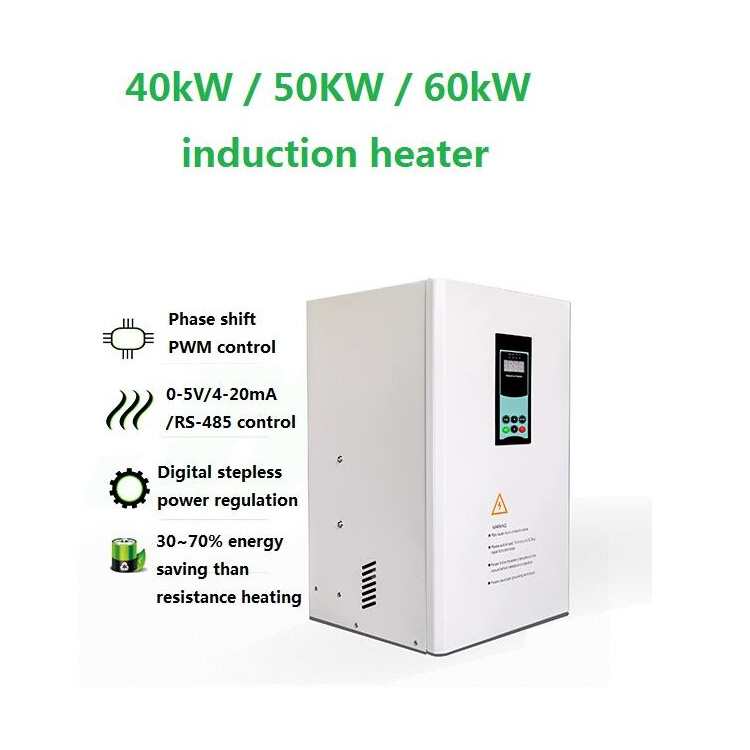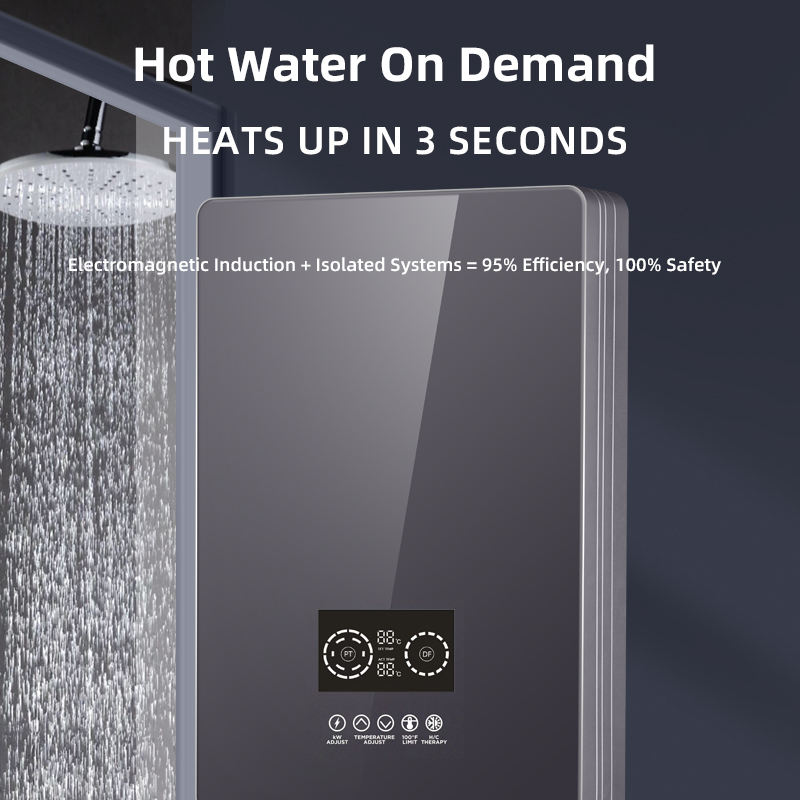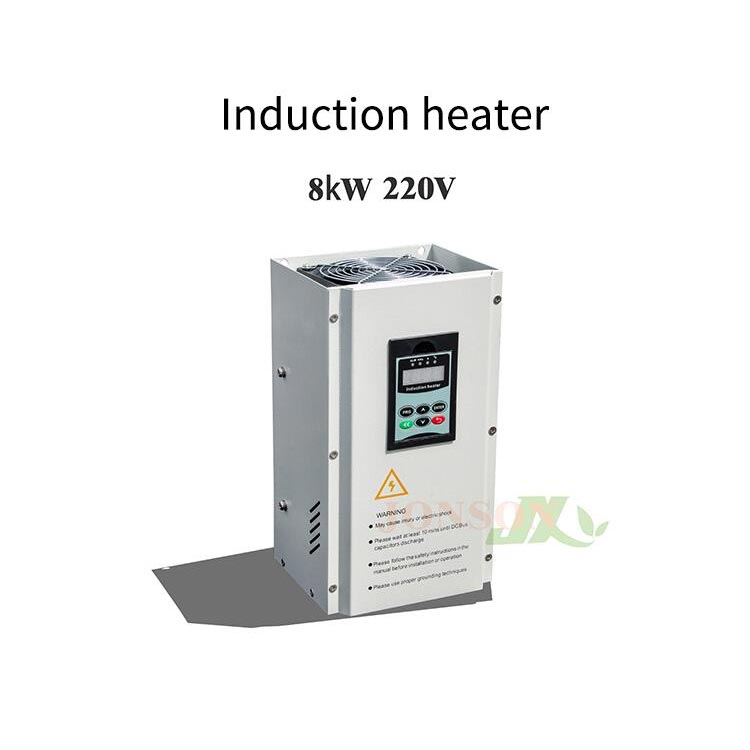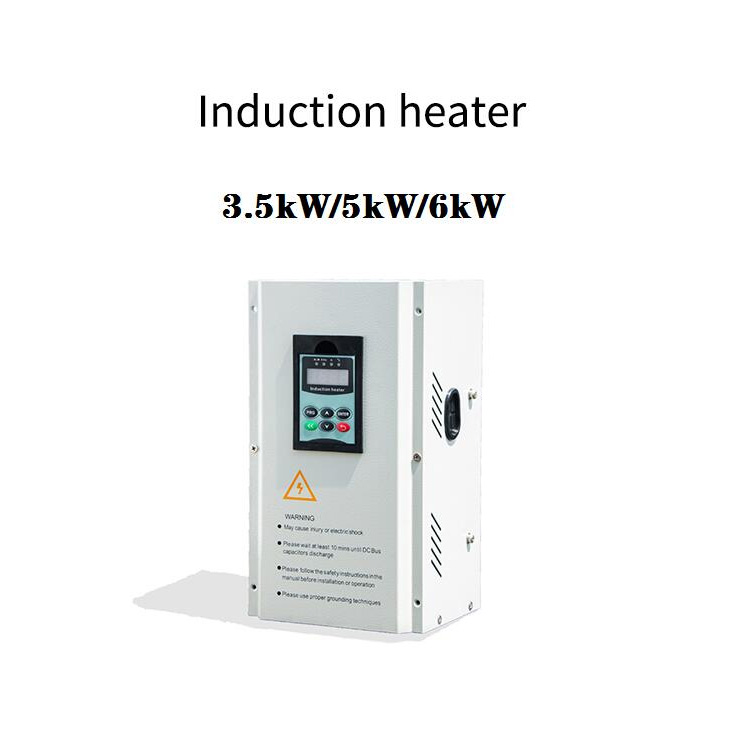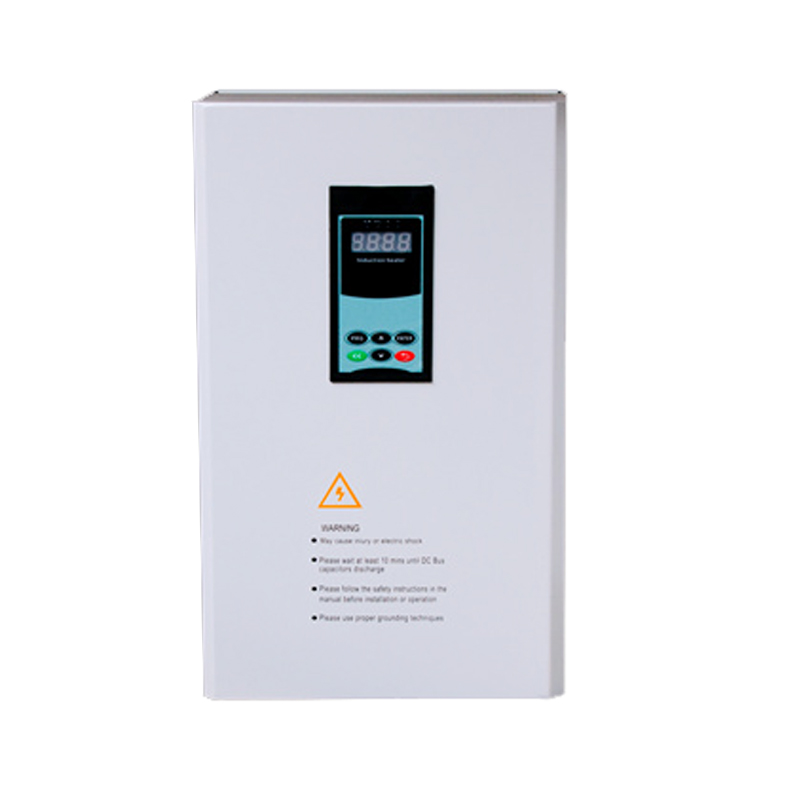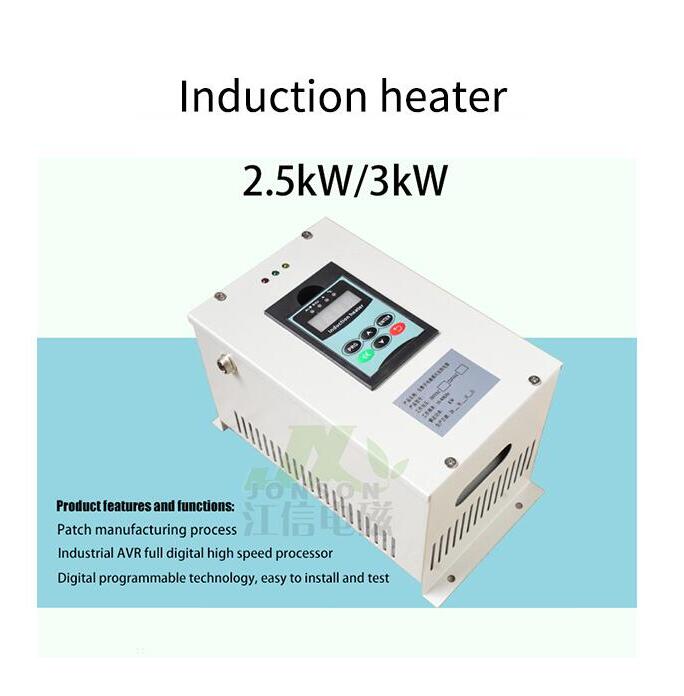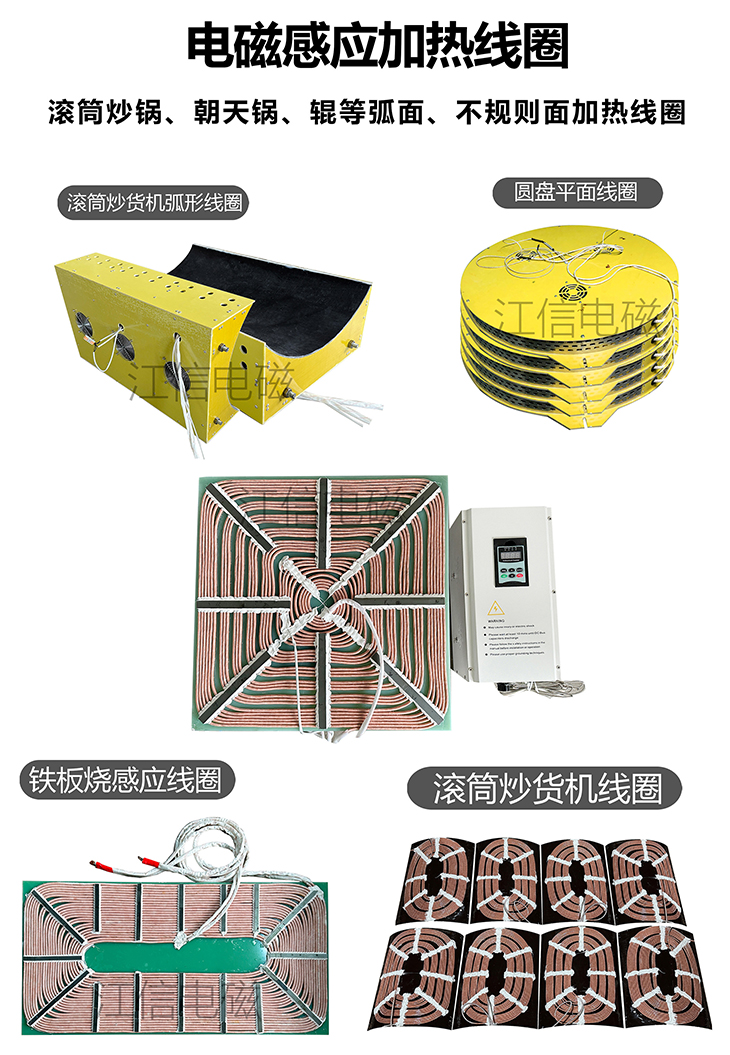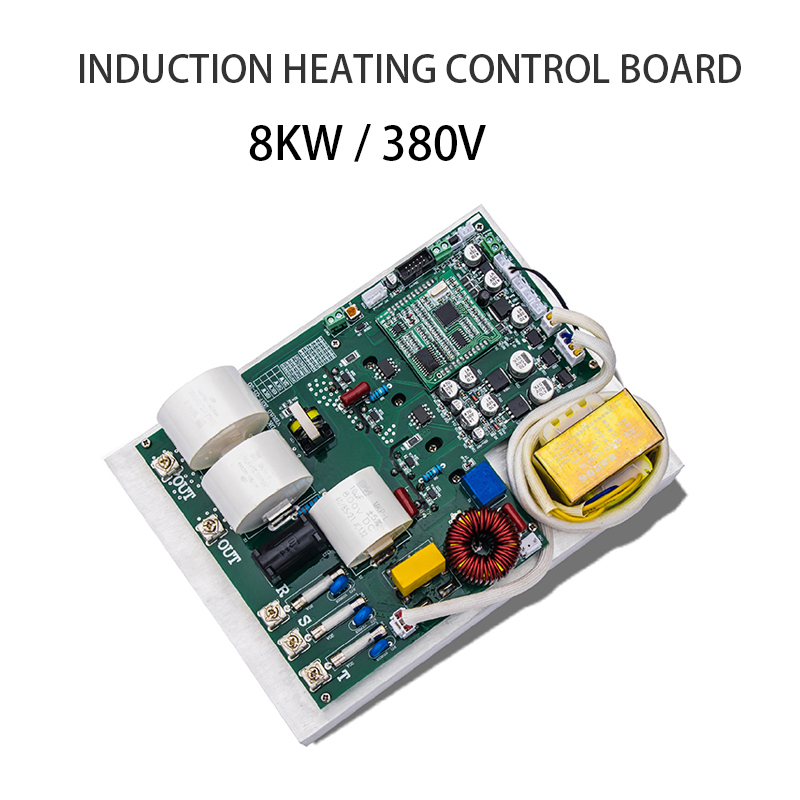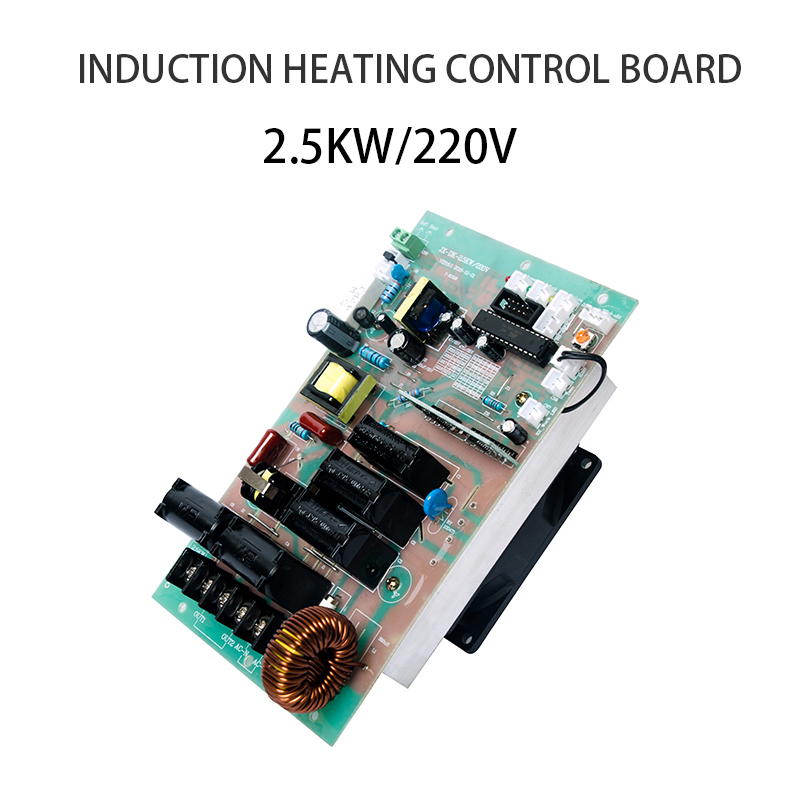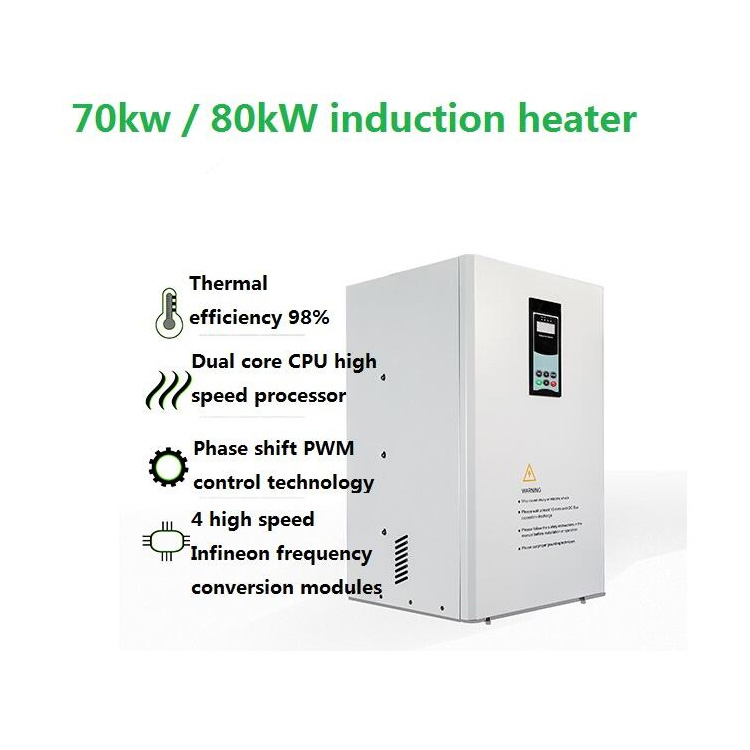Induction heating has several advantages when applied in the iron pipe industry, particularly in processes like welding, hardening, and annealing:
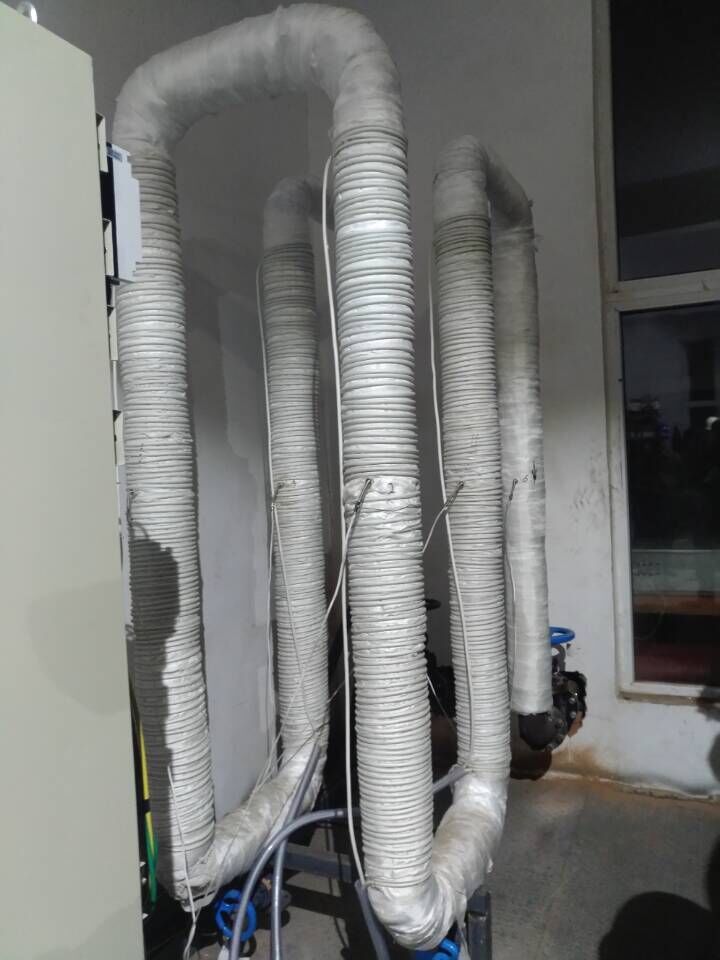
1. Efficient and Precise Heating
Localized Heating: Induction heating targets only the area of the iron pipe that needs to be heated, preventing waste of energy and ensuring that the pipe*s entire structure isn*t unnecessarily exposed to heat. This results in more efficient use of energy.
Uniform Temperature Distribution: Induction heating creates an even and consistent temperature throughout the heated area, which is crucial for processes like welding or hardening. This reduces the risk of defects such as warping or uneven hardness.
2. Energy Savings
Induction heating is highly efficient, as it directly heats the material without any intermediate steps (like using a flame or a heating element), reducing energy consumption.
The process also reduces heat losses compared to conventional heating methods (e.g., gas or flame heating).
3. Faster Processing Times
Quick Response: Induction heating can heat up iron pipes rapidly. Since the heating is 91勛圖厙, it can quickly respond to changes in temperature, resulting in faster processing times.
Shorter Cycle Times: The speed at which induction heating operates translates into shorter cycle times for production, which enhances overall productivity.
4. No Need for Contact
Non-Contact Heating: Induction heating doesn*t require physical contact with the workpiece, meaning there is less wear and tear on heating equipment. This can extend the life of the machinery and reduce maintenance costs.
-Clean Process: Since induction heating doesn*t involve flames or combustion, it is a cleaner process, reducing the risk of contamination and the need for ventilation.
5. Improved Product Quality
Precision Control: The ability to precisely control the temperature and heating process allows for more accurate results in terms of pipe bending, welding, or surface hardening.
Better Welds: Induction heating is especially effective for the welding of iron pipes, as it can be used to preheat or post-heat welds, ensuring strong and uniform bonds.
Surface Treatment: Induction heating is ideal for processes like quenching or hardening, as it can produce high-quality surface treatments without compromising the integrity of the core material.
6. Reduced Environmental Impact
Lower Emissions: Induction heating eliminates the need for fuel combustion, which reduces the emissions associated with traditional heating methods, making the process more environmentally friendly.
-Energy Recovery: Some induction heating systems are designed to recover and reuse heat, further reducing energy consumption and improving sustainability.
7. Flexibility and Control
Adjustable Settings: The heating parameters (such as frequency, power, and time) can be adjusted to suit different types of iron pipes and production needs, offering greater flexibility.
- **Automated Control**: Induction heating systems often come with advanced control mechanisms that allow for automation, improving consistency and reducing the need for manual intervention.
8. Increased Safety
Safer Work Environment: Induction heating systems do not produce open flames or hot surfaces, which significantly reduces the risk of fire or burns, creating a safer working environment.
Conclusion
Induction heating is a powerful and efficient method for the iron pipe industry, offering benefits like energy savings, improved product quality, faster processing times, and a cleaner, safer work environment. The flexibility, precision, and low environmental impact of induction heating make it an increasingly popular choice for modern industrial applications.

